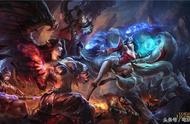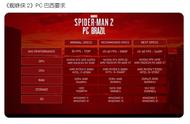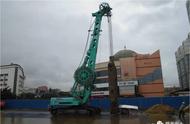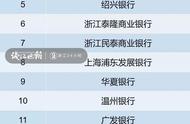

九大状语从句总复习
状语从句在主从复合句中修饰主句中的动词、形容词或副词等,按意义可以分为时间、地点、原因、目的、结果、条件、方式、比较、让步等状语从句。
一.时间状语从句。

通常由从属连词when, whenever, as, while, before, after, as soon as, till, until, since, once (一旦), hardly……when…, no sooner…….than…;等引导。例如:
The cyclist started just as the lights changed to green.
Whenever we met with difficulties , they cam to help us.
He didn’t leave his office until he had finished the day’s work.
应注意的问题
1.在时间状语从句中,通常要用动词的一般现在时态表示一般将来时态,用一般过去时态表示过去将来时态。但when引导一般疑问句或名词性从句时不受上述语法规则的限制,因此,应该加以区分。例如:
When China will enter WTO depends on the bilateral (双边的)joint efforts.
Once you understand the rules of the game, you’ll enjoy it.
2.when , while, as的不同用法。一般说来,当主、从句的动作是同时发生的事,三者可以换用。when既可以引导一个持续动作,也可以引导一个短暂动作,可用于主句和从句动作同时发生或从句动作先于主句动作;while引导的动作必须是持续性的,强调主句和从句的动作同时发生,往往侧重主句和从句动作的对比;as用于引导“在某行为的继续中发生某事”的“继续之行为”,所以多与过去进行时连用,翻译成“一边……一边……”或者表示动作的变化,翻译成“随着……”。
例如:
I hope you’ll think of my words as/when/while you drive on the busy roads.
When he realized it, the chance had been lost.
When he came home, I was cooking dinner.
I was fat when I was a child.
He took a bath while I was preparing dinner.
As I was walking down the street, an American asked me for the directions to the nearest station.
He sang songs as he was taking a bath.
As he gets older he gets more optimistic.
另外还必须注意when和while的特殊用法。when可以表示“就在这时,突然”之意;而while则可以表示对比的含义,常可译作“而”。例如:
She thought I was talking about her daughter, ____, in fact, I was talking about my daughter.(NMET95)
A. whom B. where C. which D. while
答案:D.本句的意思是“她认为我在谈论她女儿,然而,实际上,我在谈论我女儿。”
再如:
I was about to go to bed when the phone rang a second time.
我正准备去睡觉,就在这时电话铃又响了。
3.since和before的用法区别。两者都可用于“It be since/ before-从句”的句型,区别在于since表示“自从……以来”,所在主、从句的谓语动词的时态关系是:It is/has been some time since sb did something.而before的含义则是“(过了多久)才……”,主、从句的时态关系是:It was/ had been some time before sb did sth。表示过去和将来时,两者相应的句型分别是:It was some time since sb had done something.和It will be some time before sb does something.例如:
It was / had been years before I came back from abroad.
It will be five years before we meet again.
4.一些表示时间的名词词组如:the first time, the second time, last time,the moment, the minute,the year, every time, each time , next time,或副词immediately, instantly, directly等也可以引导时间状语从句。例如:
I’ll tell you about it the moment you come.
I recognized her the minute I saw her.
I’m going to see him next time he comes to Shanghai.
He left Europe the year World War II broke out.
I got in touch with him immediately I received his letter.
My sister came directly( = as soon as ) she got my message.
5.till和until
till和until意义相同,多数情况下可以换用,但用以强调,句首多用until;在强调结构或与not连用时多用until.例如:
Nothing can be done till/until the boss returns.
We waited till/until they came back.
Until we know the facts, we can’t do anything about it.
Not until midnight did the noise of the street stop.
6.hardly……when和no sooner……than相当于as soon as之意,也可引导时间状语从句。从句谓语动词用一般过去时,主句谓语动词用过去完成时。hardly及no sooner置于句首时,语气较强,主句的谓语要部分倒装。例如:
We had hardly begun when we were told to stop.
= Hardly had we begun when we were told to stop.
The spy had no sooner returned home than he was told to go to another country.
= No sooner had the spy returned home than he was told to go to another country.
二.地点状语从句。















